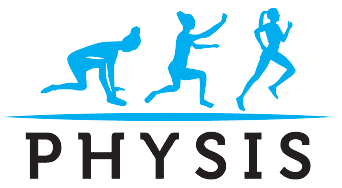You may be recommended a diagnostic test like x rays, MRI or CT scan after a musculoskeletal injury. A x-ray that produces images of structures inside your body – particularly bones; a MRI produces images of organs and tissues while a CT scan takes images of bones, blood vessels and tissues inside the body. While these diagnostic tools are invaluable to see issues at the bone, muscle and tissue level, it may not necessarily be the source of your limitation.
There are many cases where :
1. You may have the pain/injury and the diagnostic test can come back normal or
2. You may have a positive diagnostic test but the pain may not necessarily be stemming from it.
It is always recommended, barring some obvious injuries, that a conservative approach to address the pain is tried, before getting a diagnostic study performed. Physical therapy can help in such situations. A physical therapist is trained to perform a detailed evaluation of muscular/skeletal systems, assessing motion, strength, joint mobility, sensation, reflexes and evaluate your functional ability to complete desired tasks. A physical therapist who is knowledgeable in the interaction between different groups of muscles and joints and can interpret how it all works together with functional activities like walking, running, lifting, etc… can properly evaluate and identify the source of the injury/dysfunction, develop a proper treatment plan to address the limitations and recover function. This prevents the need to get unnecessary diagnostic tests, if the complaint is resolved.
See how Physis Physical Therapy can help you. Our therapists will administer a comprehensive evaluation, determine the cause of your symptoms and address the limitations/abnormalities with treatment techniques like trigger point therapy, DNS, mobilization and manipulation, Myofascial release and Manual therapy.



Comments are closed